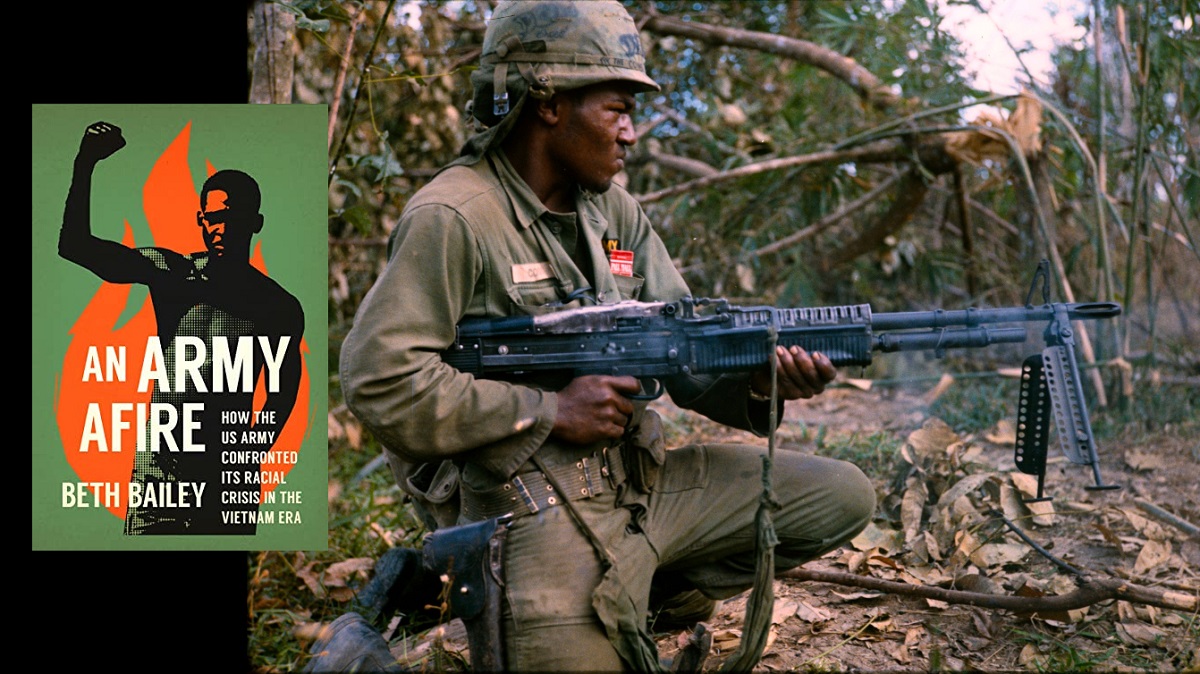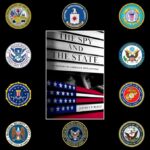
The military is a microcosm of the society it protects and is thus subject to many of the same tensions experienced by the population at large. As the nation struggled with racism in the ’60s and ’70s, the Army experienced violence and discrimination in the barracks and in the field. The Army recognized that the organization could not function in this divisive environment and in the late ’60s began to address racism and racial identity. Beth Bailey’s new book, An Army Afire: How the US Army Confronted Its Racial Crisis in the Vietnam Era, chronicles the efforts that succeeded and those that failed. She’s in the studio with podcast host Ron Granieri to explain how “seeing only OD” was an earnest yet flawed approach.
Until around 1968 it was arguably correct for the Army to insist, and the military in general to insist, that it was doing a better job fulfilling a mission of equal opportunity and offering opportunities to people of diverse racial and ethnic backgrounds than American society as a whole.
Podcast: Download
Beth Bailey is a Foundation Distinguished Professor in the Department of History at the University of Kansas and director of the Center for Military, War, and Society Studies. Her research has been supported by the Carnegie Foundation, the National Endowment for the Humanities, and the American Council of Learned Societies, and in 2022 she received the Society for Military History Samuel Eliot Morison Award for lifetime contributions to the field of military history. She is the author of An Army Afire: How the US Army Confronted Its Racial Crisis in the Vietnam Era.
Ron Granieri is Professor of History at the U.S. Army War College and the Editor of A BETTER PEACE.
The views expressed in this presentation are those of the speakers and do not necessarily reflect those of the U.S. Army War College, U.S. Army, or Department of Defense.
Photo Description: On 8 January 1967, PFC Milton L. Cook (Baltimore, MD) fires his M60 machine gun spraying a tree line. The platoon received sporadic sniper fire from the tree line earlier. PFC Cook was one of many Soldiers from Company C, 1st Battalion, 5th Mechanized Infantry, 25th Infantry Division on a search and destroy mission. The mission was a part of Operation Cedar Falls conducted in and around the Filhol Plantation near Cu Chi, Republic of Vietnam.
Photo Credit: Signal Corps photographer




